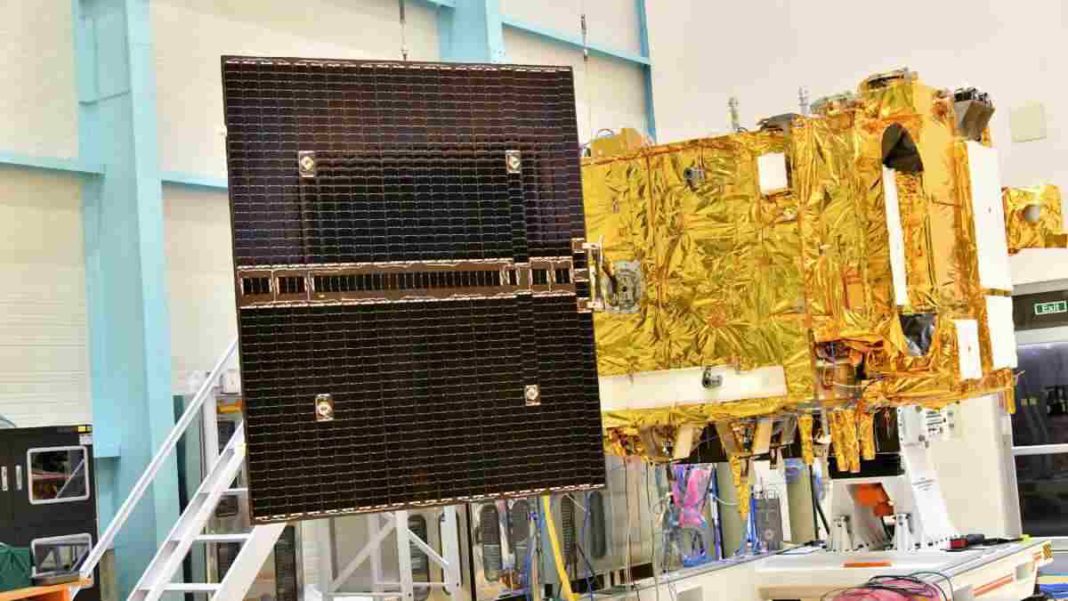INDIA: The Indian Space Research Organization (ISRO) is on the verge of a historic milestone as it is likely to launch the Aditya-L1 solar mission on September 2. Fresh off the success of the Chandrayaan-3 moon mission, ISRO is venturing into the uncharted territory of solar observation with the Aditya-L1 mission, which is poised to transform our understanding of the Sun’s dynamics and its impact on space weather.
Named after the very core of our celestial powerhouse, the Sun, the Aditya-L1 mission is a significant stride towards deciphering the workings of the Sun.
With this mission, ISRO seeks to position itself at the forefront of solar research as Aditya-L1 becomes the first dedicated Indian space mission aimed at scrutinizing the Sun.
The launch date of September 2 is anticipated with great excitement and optimism within the scientific community. An ISRO official, in conversation with a news agency, shared that the launch date is highly likely to remain unchanged.
Aditya-L1’s strategic position in a halo orbit around the Lagrange point 1 (L1) of the Sun-Earth system, situated approximately 1.5 million kilometers away from our planet, is pivotal to the mission’s success.
This orbit ensures continuous, uninterrupted observation of the Sun, providing scientists with real-time insights into solar activities and their far-reaching effects on space weather.
The spacecraft is outfitted with seven state-of-the-art payloads, meticulously designed to delve into various layers of the Sun’s composition. From the photosphere to the chromosphere and all the way to the corona, these payloads, equipped with advanced electromagnetic, particle, and magnetic field detectors, hold the key to unravelling long-standing mysteries of the solar realm.
What sets Aditya-L1 apart is its ability to observe the Sun directly from its unique vantage point at the L1 Lagrange point. This strategic position enables four of the payloads to capture remarkably clear and detailed observations of the Sun, while the remaining three delve into in-situ studies of particles and fields at this specific point.
Anticipation is high among scientists, who are hopeful that Aditya-L1’s payload will shed light on critical aspects of solar physics. Insights into the solar corona’s heating mechanism, magnetic field configurations, and the mechanisms driving phenomena like coronal mass ejections are among the top priorities of the mission.
The data collected by Aditya-L1’s instruments will not only contribute to understanding the sequence of events leading to solar eruptions but also aid in comprehending the underlying drivers of space weather, which can have substantial implications for space-based technologies and infrastructure on Earth.
Also Read: Upcoming ISRO Missions That will Strengthen Indias Position in the Space Race



